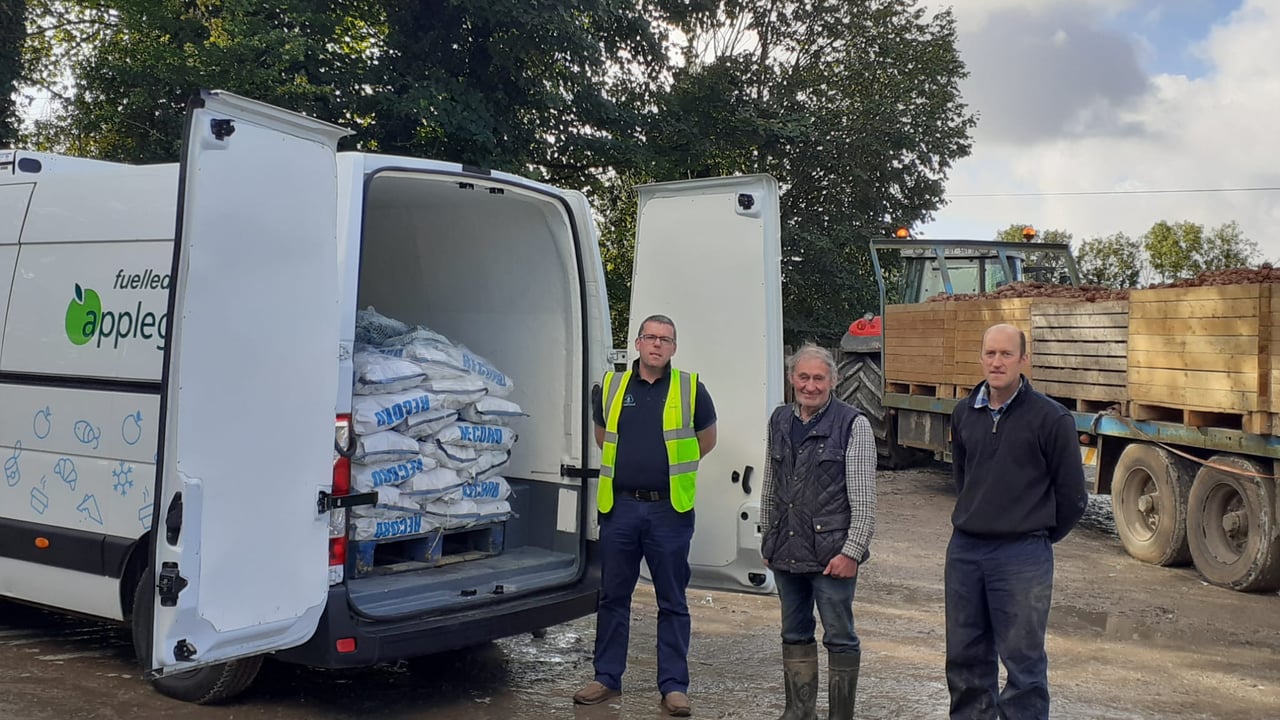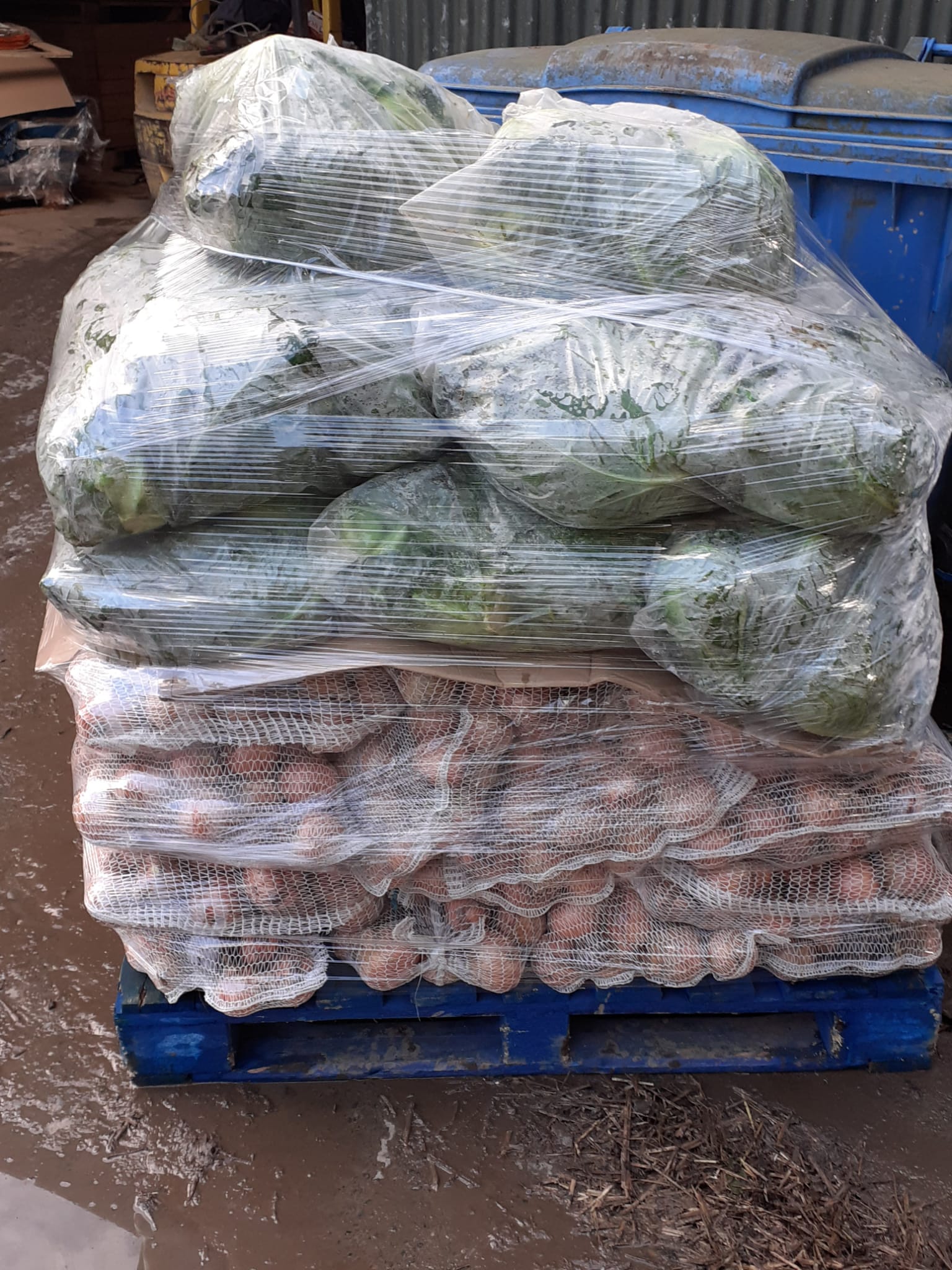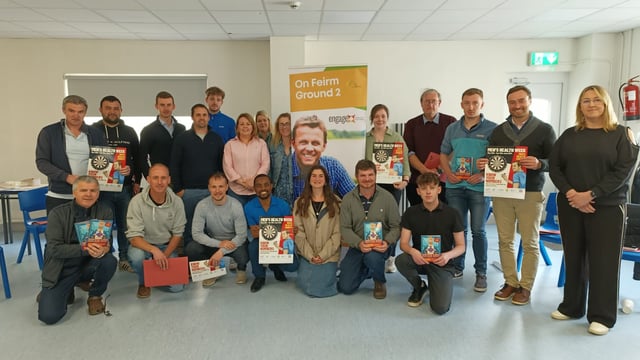FoodCloud's silver-lining research to cut down on farm-level food waste
Research indicates that over 40% of food produced worldwide is wasted, including an estimated 15% that is lost at harvest time.
Against this backdrop, Irish farmers are being urged to take part in an important pilot project aimed at significantly reducing this level of waste.
The pilot is being led by researchers at the Circular Bioeconomy Research Group at Munster Technological University in Kerry, and is supported by the Department of Agriculture, Food and the Marine (DAFM).
In association with FoodCloud - a food-distribution social enterprise - the researchers will explore the potential of surplus food redistribution to achieve this waste-reduction aim.
Farmers who take part in the pilot will be reimbursed for any costs involved in recovering produce that might otherwise not be harvested.
This has multiple societal positives but with COP26 ongoing and the recent publication of the Climate Action Plan, reducing our food waste also has an important part to play in helping to achieve our climate goals.
Waste not want not
More than one million tonnes of general food waste are created in Ireland annually, according to the Environmental Protection Agency (EPA).
This equates to 3.6 million tonnes of CO2 equivalent (CO2e).
But that does not yet include farming, fishing and aquaculture waste. So, in reality, the amount is far greater.
This will change in 2022 when we will be required to report food-waste data from all points of the supply chain - farms, restaurants and supermarkets - so the real figure will become evident.
However, on a global scale, according to the EPA, it is estimated that food waste generates about 8-10% of global greenhouse gas emissions (GHG).
Unavoidable food loss
Dr. Tracey O’Connor, postdoctoral researcher at the Circular Bioeconomy Research Group, told Agriland that farmers are very aware of the costs of food waste and are doing as much as they can to avoid it while maintaining an economically sustainable operation.
Sometimes, however, it is unavoidable.
An earlier study that Dr. O'Connor was involved in found that fruit and vegetable production was responsible for quite a bit of it - with no intent on the farmer's part.
According to that study, around 31% of fruit and vegetable food loss was happening due to the produce not being saleable, perhaps for aesthetic reasons, or simply a lack of consumer demand on a seasonal basis, Dr. O'Connor said.
"That study from last year with University College Dublin was a first step in looking at the primary production side of food waste in Ireland [that is farming and fishing].
The study identified some "hot spots" within the food-production sector where most food waste is happening, she explained. While food-supply-chain issues can contribute to food waste, there are other reasons too.
"Other [food] losses happen because maybe there is a shift in the weather, which results in a crop needing to be harvested in full quantities before the weather changes.
If this happens, it results in unprofitable produce - due to a surplus on the market - for the farmer.
And FoodCloud's redistribution concept to save that food naturally linked in with fruit and vegetable production in Ireland.
"We can help ensure that those who don't have access to this produce - those who may not have the privilege to choose whether they eat mushrooms or a leafy salad - now can access that fresh and nutritious food," explained Dr O' Connor.
Farm to fork via food bank
There are a number of aspects to the study, Dr. O'Connor explained.
"One is to try to better understand just how much food [waste] is out there on farms, how much of it is edible, and how much could be collected by FoodCloud, or could be distributed to their food banks around the country.
Then, logistical challenges need to be considered of how you actually get the food from farm to fork, via a FoodCloud distribution centre or a food bank.
And what about the perishability factor?
"It is true that with fresh produce you are looking at a short shelf life. But if you are picking it up from a retailer, it has already been on the shelves, or it has been a couple of days since it left the farm," said Dr. O'Connor.
"If the farmer can tell you quite rapidly when they know they are not going to have a market for the produce, and that it was harvested a day ago, you have a longer window than if you were picking it up from a retailer," she added.
Farmer participation
Farmers can participate in this DAFM-supported pilot in two ways:
"We have several farmers on board now and we have started to collect food from them already," explained Dr. O'Connor
"It is really exciting to be able to offer communities such a variety of produce."
Carbon budgets and emission-reduction targets are now very much on the menu so if reducing farm-level food waste, while helping to achieve our climate goals, appeals to you, then click here
Good luck!






